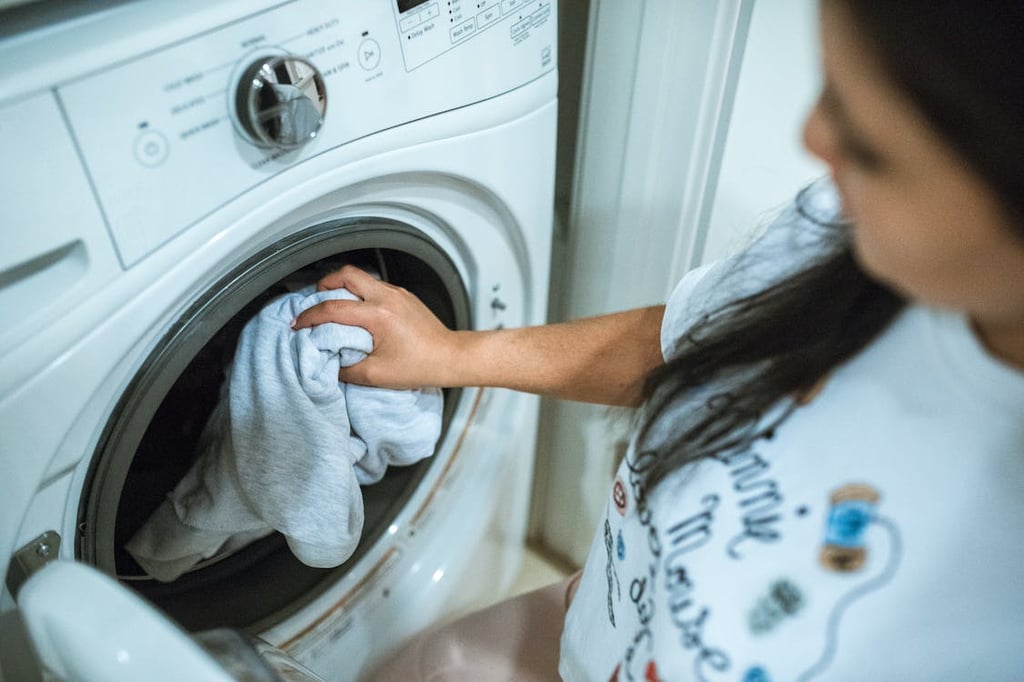Understanding the Amps Usage of Washing Machines
Washing machines have become an essential appliance in households, providing convenience and efficiency in our daily lives. However, it is important to understand the electrical requirements of these machines to ensure they are properly connected and to avoid overloading circuits. One crucial aspect to consider is the number of amps a washing machine uses. In this article, we will explore the amp usage of washing machines and provide you with valuable insights.

What are Amps?
Before delving into the specifics of washing machine amp usage, let's first understand what amps are. Amps, short for amperes, measure the rate of electric current flow in a circuit. It represents the amount of electrical charge passing through a point in a circuit per unit of time. In simpler terms, amps measure the strength of an electric current.
Standard Amp Range for Washing Machines
Washing machines typically operate within a specific amp range, depending on their size, model, and efficiency. The average amp range for most residential washing machines falls between 4 to 7 amps. This range ensures that the machine receives the necessary power to function optimally without overloading the electrical circuit.
Factors Affecting Amp Usage
Several factors can influence the amp usage of washing machines. Understanding these factors can help you manage your electrical load effectively. Here are some key aspects to consider:
1. Size and Capacity
The size and capacity of a washing machine can impact its amp usage. Larger machines with higher capacity tend to consume more power, resulting in higher amp usage. If you have a large family or frequently deal with bulky laundry loads, it is essential to choose a washing machine that can handle the capacity while considering the associated amp requirements.
2. Energy Efficiency
Energy-efficient washing machines are designed to minimize power consumption. These machines often have specialized features, such as low water usage and shorter wash cycles, which can help reduce the amp usage. When purchasing a washing machine, consider opting for an energy-efficient model to save both energy and costs in the long run.
3. Additional Features
Modern washing machines often come with various additional features, such as steam cleaning, multiple wash cycles, and digital displays. These features may enhance the functionality and convenience of the machine but can also contribute to higher amp usage. It is crucial to be aware of the power requirements of these additional features and ensure that your electrical circuit can handle them.
Ensuring Proper Electrical Connection
Now that you understand the amp usage of washing machines, it is important to ensure a proper electrical connection. Here are some tips to follow:
1. Check the Circuit Rating
Prior to connecting the washing machine, check the circuit rating of your electrical system. This rating indicates the maximum amount of current the circuit can handle safely. Ensure that the amp usage of your washing machine falls within this limit to prevent circuit overloads and potential electrical hazards.
2. Dedicated Circuit
If possible, consider connecting your washing machine to a dedicated circuit. A dedicated circuit solely serves the appliance, minimizing the risk of overloading the circuit and causing electrical issues. Consult a professional electrician to determine if a dedicated circuit installation is feasible in your home.
3. Regular Maintenance
Maintaining your washing machine is crucial for efficient and safe operation. Regularly inspect the power cord, plugs, and outlets for any signs of damage or wear. Faulty electrical components can lead to increased amp usage or even electrical accidents. If you notice any issues, seek professional assistance for repairs or replacements.
washing machine amp usage, electrical requirements, amp range, factors affecting amp usage, energy efficiency, additional features, electrical connection
Relative Articles
-
Washing Machine Hacks: No More Tangled Clothes

-
How to Clean a GE Deep Fill Washing Machine
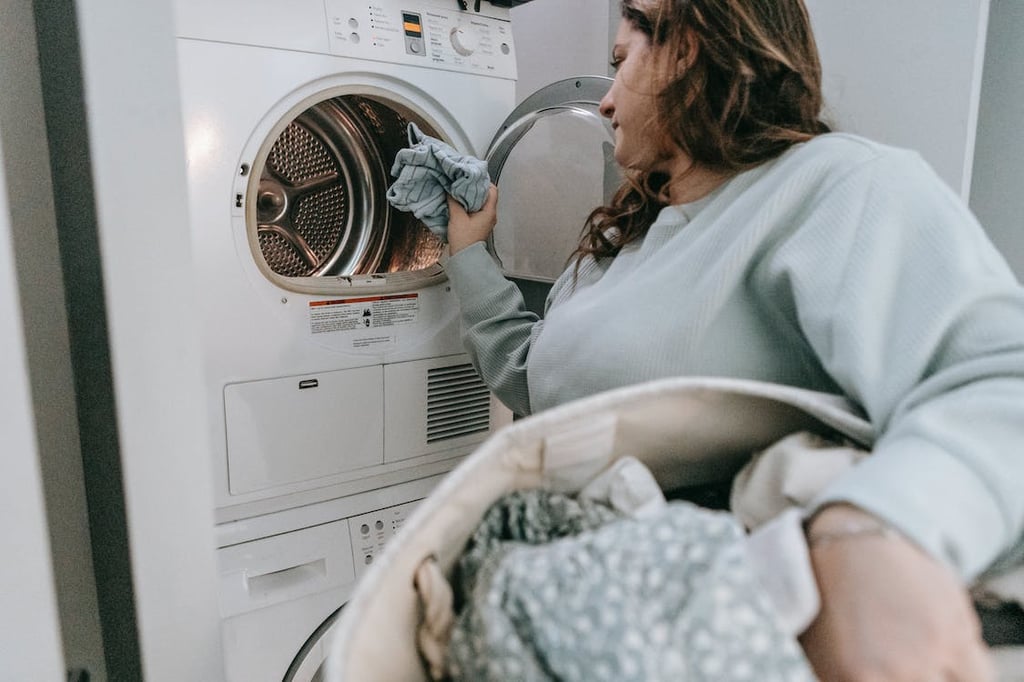
-
How to Clean a Public Washing Machine Before Use
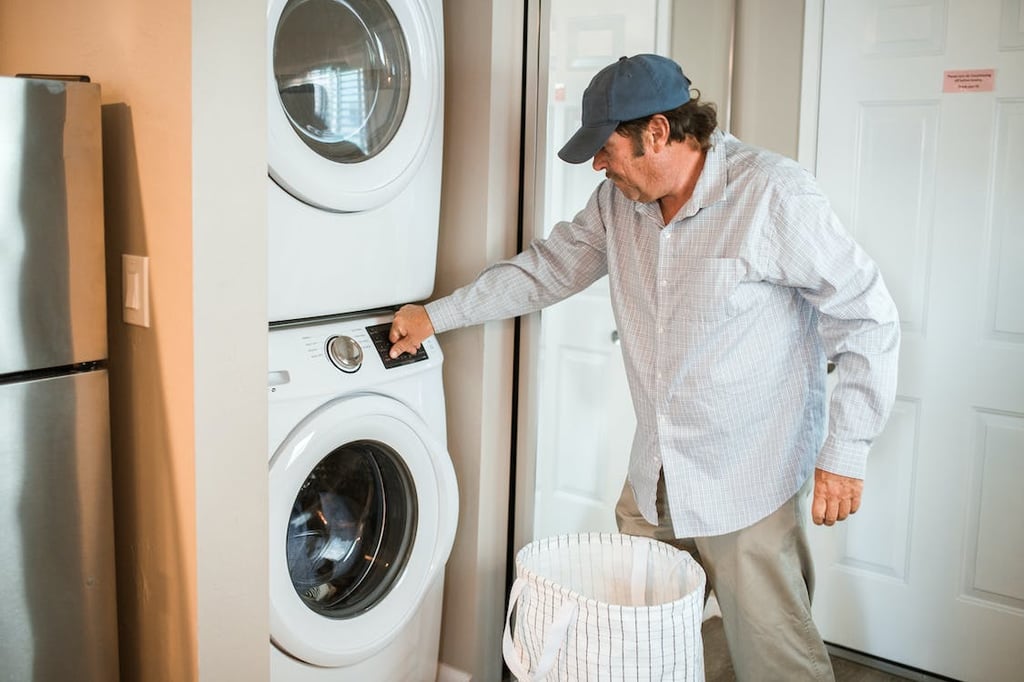
-
What is the Drum of a Washing Machine?
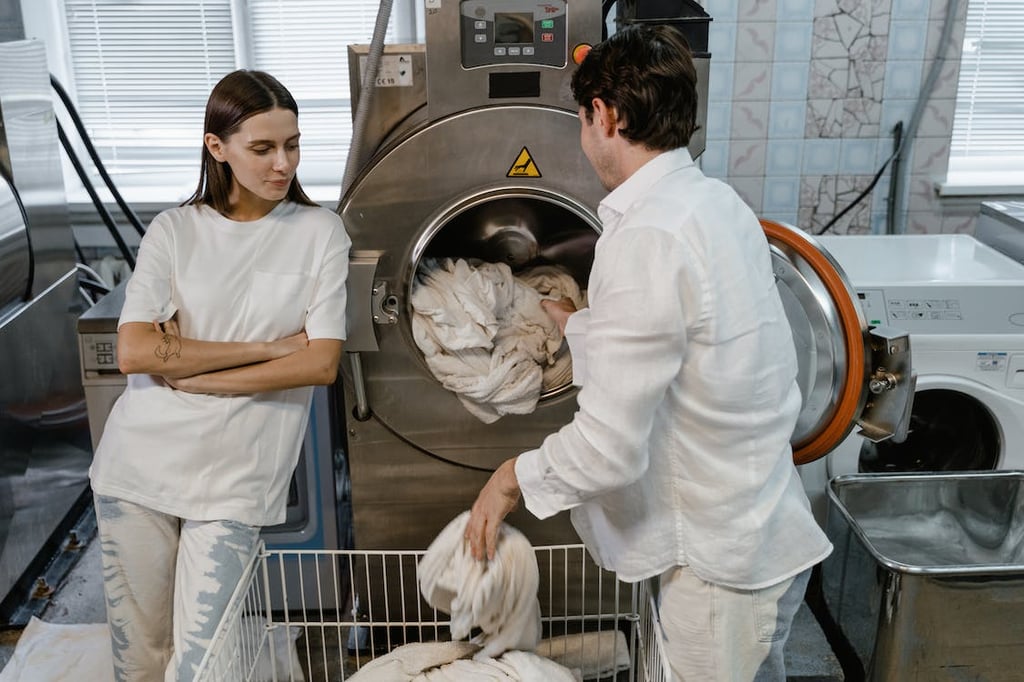
-
How to Keep Washing Machine from Freezing in Garage

-
How to Run Washing Machine Drain Outside
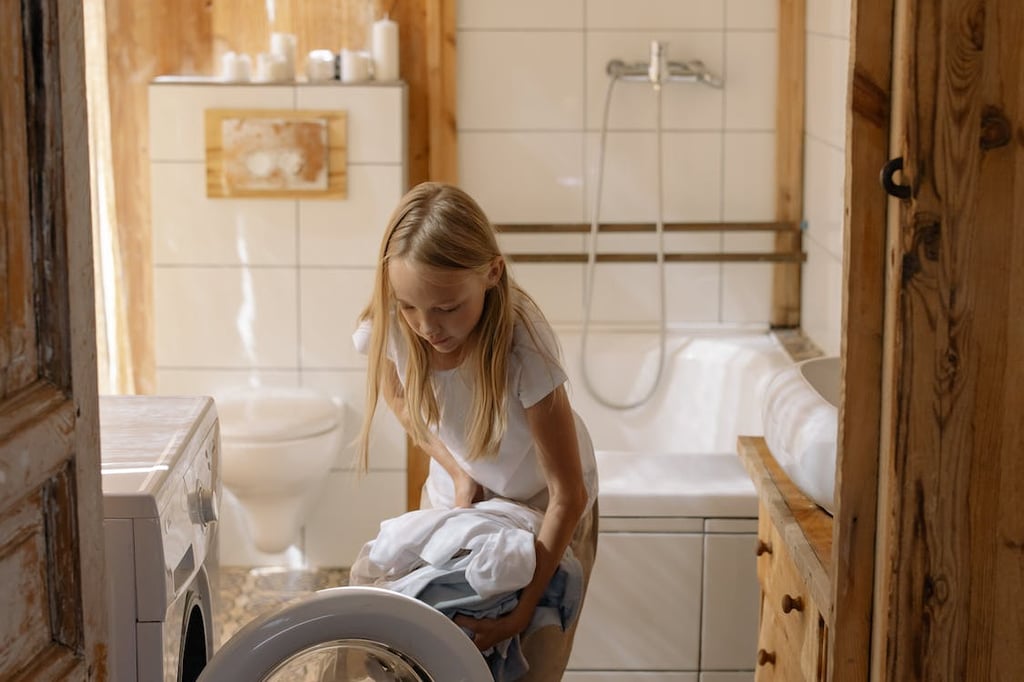
-
How to Tell If Your Washing Machine Control Board Is Bad

-
Can You Lay a Washing Machine on Its Side?


